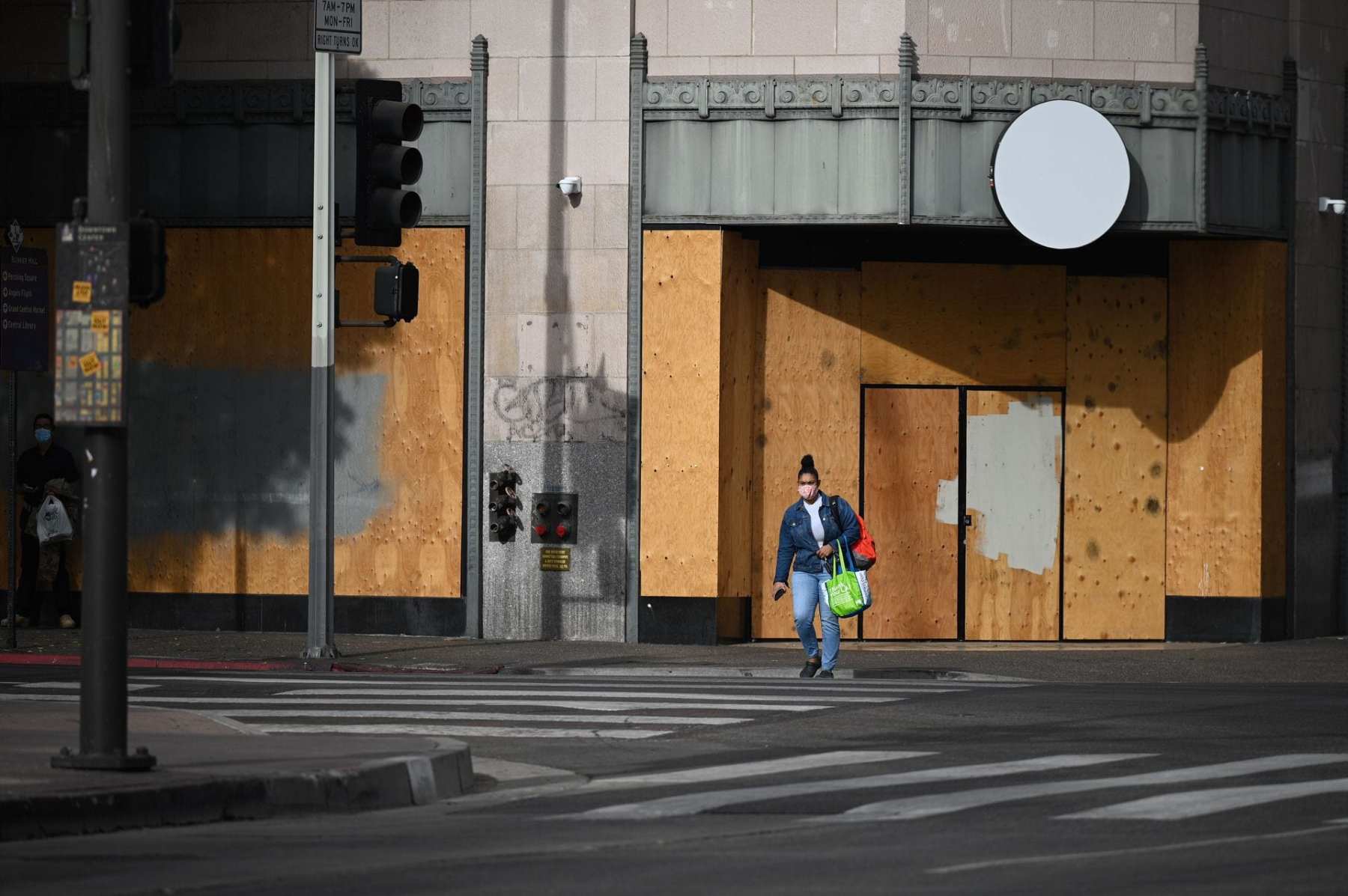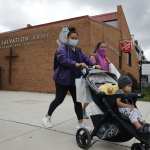We’re the only newsroom dedicated to writing about gender, politics and policy. Subscribe to our newsletter today.
In October, the female unemployment rate fell below that of men for the first time since the pandemic recession began in March, but women are still out of work at higher rates than in June.
The new data, released Friday by the Bureau of Labor Statistics, paints a picture of an uneven recovery for women, who have borne the brunt of job loss this year.
The unemployment rate alone — now 6.5 percent for women and 6.7 percent for men — is only one piece. In September, 865,000 women left the labor force, four times the number of men. About 480,000 of those jobs returned in October.
That means there are 72.3 million women working, a figure that is lower than June, when 72.6 million women were in the workforce.
Compared to January, there are still 2.2 million fewer women in the workforce versus 1.5 million fewer men. That means women have regained 39 percent of jobs; men have recovered 58 percent.
The economy had been slowly clawing back out of the losses in April, when 3.6 million women left the workforce over the span of two months, triggering the first female recession.
The unemployment rate for women fell from 7.7 percent in September, but rates remain much higher for Black women (9.2 percent) and Latinas (9 percent).
The complicated snapshot of female work this month is likely a result of the way the numbers are counted. BLS uses two surveys when it releases its numbers: The household survey, which queries households, and the establishment survey, which queries businesses. The mismatch between the figures in the two surveys likely reflects the unprecedented nature of work this year, with women shifting the number of work hours they have as the year goes on, said Diane Lim, an economist and author of the EconomistMom blog.
“During this recession, the lines of work and being home with family are so blurred, and the type of unemployment or employment — the traditional notion of knowing when you're unemployed versus on temporary furlough, how to count yourself” has changed dramatically, but the survey questions have not, Lim said.
For women, when you look under the hood of those responses, it may be true that they’re increasing their workforce participation by increasing their hours.
“There’s a lot of women [and working fathers] that have, from September to October ... come up with their own kinds of pods, essentially, with friends and neighbors and extended family members. They started to make it work in a more permanent way,” Lim said. “I think a lot of families are realizing, ‘Oh, it's going to be like this for a while. We're going to have to figure out how to combine stuff at home and at work.”
The female recession, Lim added, is far from over.
Working mothers are still reducing their work hours four to five times more than working fathers to ensure their children are cared for and on track at school.
An analysis by The Century Foundation and the Center for American Progress (CAP), a progressive think tank, found that working mothers’ reduced labor participation leads to billions in losses for the economy. If the levels from April 2020 persisted, lost wages would amount to about $64.6 billion a year. The situation has improved since April, but it continues to lag significantly behind pre-pandemic numbers.
The study found that if just 1 percent of working mothers shifted from full-time to part-time work, that would amount to a $5 billion loss in wages per year, without accounting for the additional lost benefits of paid leave and health insurance.
Sarah Jane Glynn, a senior fellow at CAP and co-author of the report, called the analysis “likely an underestimate of the significant economic blow we are feeling because families do not have access to the child care they need.”
And the problem is happening at all income levels and in all fields.
In academia, for instance, a recent study from Harvard University found that female principal investigators with at least one child under five had an almost 40 percent decline in research time compared to 21 percent for other respondents. The loss worsens an already pervasive, 10-point gender gap that finds fewer mothers with young children in tenure-track faculty positions.
It’s all happening in the context of an economy that is slowly recovering — but unevenly.
At the worst of the crisis, 20.8 million jobs were lost in April. About 2.8 million returned in May, and another 4.8 million returned in June. But then those figures started to slow down: In July 1.8 million jobs came back, in August that figure was 1.5 million and in September only 661,000 jobs came back. October brought back even less — 630,000 jobs.
Overall, 55 percent of the jobs lost this year have returned. About 10 million are still lost.
In the returns category, leisure and hospitality saw the biggest boost in October. In term of the jobs women regained, 59 percent were in that industry. Hospitality already disproportionately employs women, and the jobs that disappeared there in the early part of the year are part of the reason the nation plunged into a female recession.
What’s clear, said Michael Madowitz, an economist at CAP who tracks the figures for women, is that when the coronavirus is kept at bay, jobs in hospitality return and women’s prospects improve.
That means, Madowitz said, that “there is absolutely no way to look at this stuff and say you can have a meaningful recovery for women without controlling the virus.”






